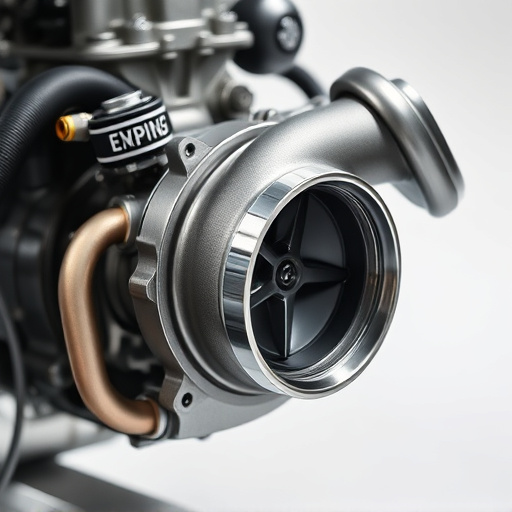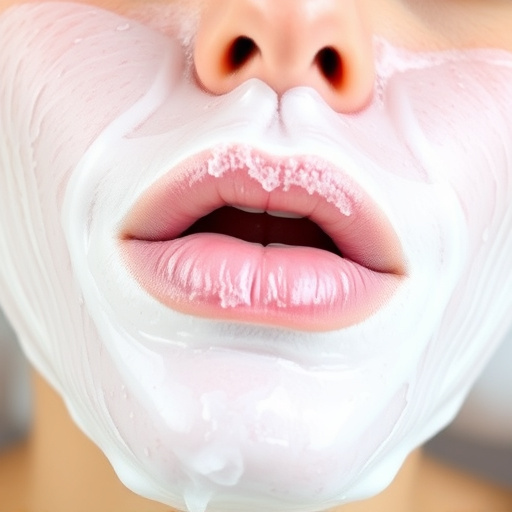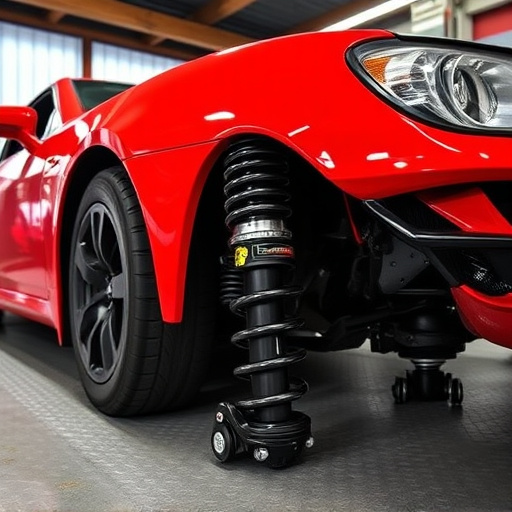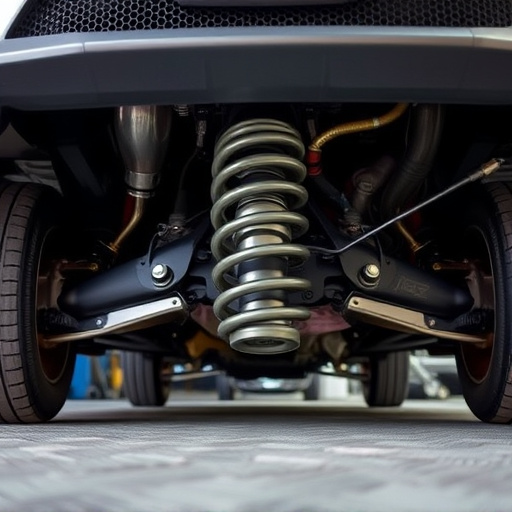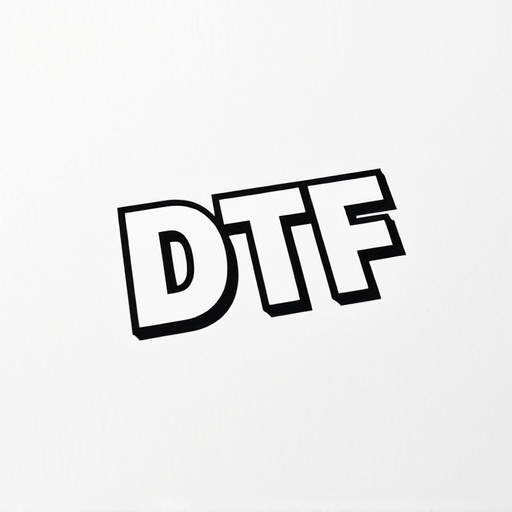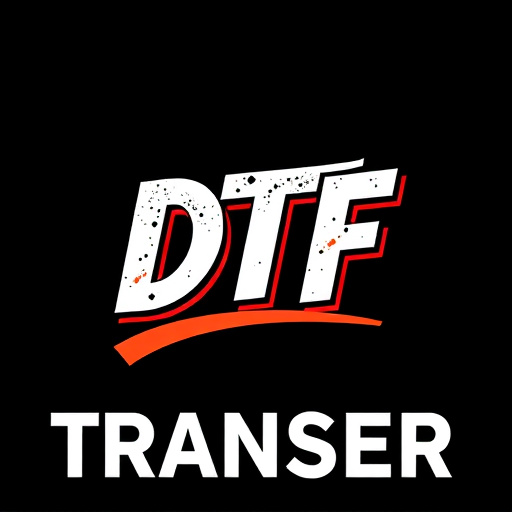Direct-to-film (DTF) printing revolutionizes textile design with its high-quality, vibrant prints on various materials. DTF uses ink-on-film technology for intricate designs and fast turnaround times. Dye sublimation printing, an alternative, offers exceptional color accuracy using heat to infuse dyes into fabrics. Both methods excel in different areas: DTF for detailed prints on diverse substrates, dye sublimation for professional applications demanding high resolution and colorfastness. The choice depends on project requirements, with DTF suitable for small businesses and personal use, while dye sublimation is ideal for bulk orders and professional settings.
In the realm of printing technology, Direct-to-Film (DTF) transfers and dye sublimation offer distinct approaches to creating high-quality images. This article delves into the intricate differences between these two cutting-edge methods. From a brief overview of DTF’s direct application to film to exploring the alternative process of dye sublimation, we dissect their key distinctions. Understanding these techniques is crucial for choosing the optimal method based on factors like image quality, resolution, and specific applications, be it for vibrant DTF prints or diverse dye-sublimated products.
- Understanding Direct-to-Film (DTF) Transfer: A Brief Overview
- Dye Sublimation Printing: The Alternative Process
- Key Differences in Printing Techniques
- Image Quality and Resolution Comparison
- Applications and Use Cases for Each Method
- Choosing Between DTF Transfer and Dye Sublimation: Factors to Consider
Understanding Direct-to-Film (DTF) Transfer: A Brief Overview
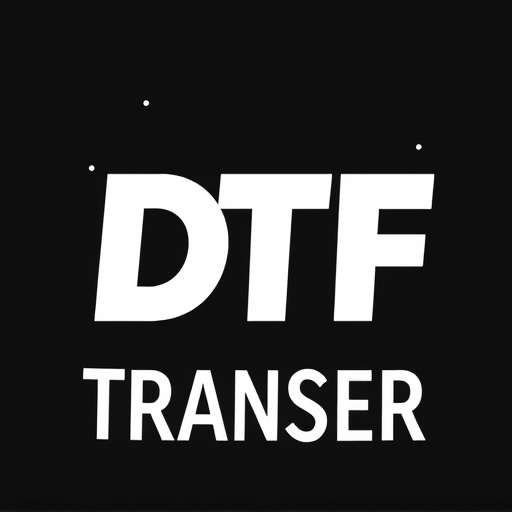
Direct-to-Film (DTF) transfer is a printing method that has gained significant popularity in the world of textile and fabric printing. This process involves transferring ink directly onto the surface of a film, which is then pressed onto the desired substrate, such as t-shirts, tote bags, or fabrics for various applications. DTF offers a unique advantage by enabling printers to achieve high-quality, vibrant prints with exceptional detail on a wide range of materials. The technology has revolutionized printing, especially for small businesses and entrepreneurs who seek fast turnaround times and cost-effectiveness without compromising on quality.
DTF Printing is known for its versatility, allowing for the reproduction of intricate designs and fine details with remarkable accuracy. This method eliminates the need for traditional plates or screens, streamlining the production process and making it suitable for both short and long print runs. Additionally, DTF transfers provide a durable finish, ensuring that prints remain vibrant and fade-resistant, even when exposed to frequent washing and wear. As a result, it has become a preferred choice for creating custom apparel, promotional items, and art pieces that demand high-quality visuals and unmatched longevity.
Dye Sublimation Printing: The Alternative Process

Dye Sublimation Printing represents an alternative process to direct-to-film (DTF) transfers when it comes to creating high-quality prints. Unlike DTF, which involves applying ink directly onto a substrate, dye sublimation uses heat and pressure to transfer dyestuff into the surface of the material. This method is particularly popular for printing on textiles, allowing for vibrant and durable colors that can withstand repeated washing.
The process begins with a dye-infused synthetic film that, when heated, releases the dyes onto a coated substrate, typically polyester or nylon. This technique offers exceptional color accuracy, making it ideal for photo prints and art reproduction. Moreover, dye sublimation printing supports various applications, from clothing design to signage and decorative items, ensuring versatile use cases while maintaining outstanding visual outcomes.
Key Differences in Printing Techniques
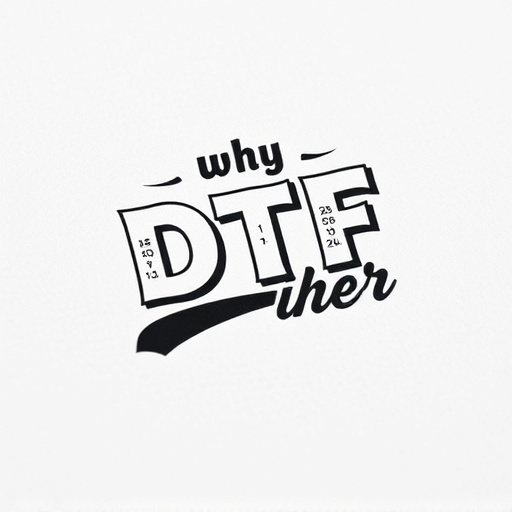
Direct-to-film (DTF) transfers and dye sublimation printing are two distinct methods for creating high-quality prints, each with its unique advantages and applications. The key differences lie in their printing techniques and the materials they utilize. DTF involves applying ink directly onto a film, which is then transferred to a substrate like fabric or paper. This process offers excellent color accuracy and vibrancy, making it ideal for detailed designs and high-resolution images. DTF prints are known for their durability and ability to produce rich, vibrant colors that don’t fade easily.
On the other hand, dye sublimation printing involves infusing dyes into a porous substrate, typically polyester, using heat and pressure. This technique allows for seamless color blending and intricate patterns, resulting in soft, vibrant images with a unique texture. Dye sublimation is versatile, suitable for various materials, including clothing, banners, and signage. Unlike DTF, it doesn’t require a separate transfer process, simplifying the production workflow. This method ensures that colors remain consistent even when printing on different types of fabrics or substrates.
Image Quality and Resolution Comparison
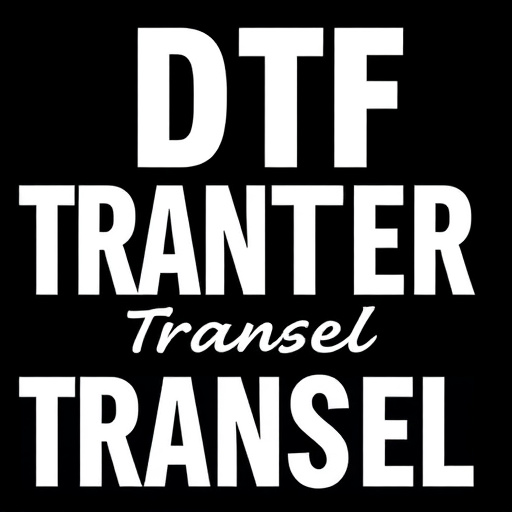
When comparing direct-to-film (DTF) transfers and dye sublimation printing, image quality and resolution are key factors to consider. DTF transfers offer a high level of detail and precision, making them ideal for complex prints that require intricate lines, textures, and gradients. The process involves transferring ink directly onto a film, which is then applied to the desired surface, ensuring sharp and vibrant colors.
On the other hand, dye sublimation printing produces DTF prints with exceptional color accuracy and richness. This method uses heat to transfer dyes from a solid state directly into a gas, resulting in highly detailed images with smooth transitions between colors. While both techniques deliver high-quality results, dye sublimation may have a slight edge in terms of overall image clarity and the ability to reproduce fine details, making it a preferred choice for professional applications requiring top-tier visual fidelity.
Applications and Use Cases for Each Method

Direct-to-film (DTF) transfers and dye sublimation printing are two distinct methods with unique applications in various industries. DTF transfers have gained popularity for their versatility and cost-effectiveness, making them ideal for small to medium-sized businesses and personal use cases. This method is commonly employed for creating custom T-shirts, posters, stickers, and various promotional materials. The direct application of ink onto the target surface allows for intricate designs and vibrant colors, appealing to both hobbyists and entrepreneurs looking to bring their creative ideas to life promptly.
On the other hand, dye sublimation printing is a process that offers exceptional quality and durability, making it suitable for professional and commercial settings. It is widely used in photo printing, creating high-resolution prints on various materials like canvas, metal, and wood. This technique ensures that colors remain rich and vibrant even when enlarged, resulting in stunning visual experiences. Dye sublimation is also favored in the production of flags, banners, and custom clothing for teams or events, where precision and long-lasting colorfastness are essential requirements.
Choosing Between DTF Transfer and Dye Sublimation: Factors to Consider

When deciding between DTF transfers and dye sublimation printing for your graphic needs, several factors come into play. Each method has its unique advantages and limitations, making them suitable for different applications. For instance, DTF transfers are known for their ability to reproduce detailed prints on a variety of materials, including textiles and plastics. They offer a cost-effective solution for small to medium production runs, as the setup is relatively simple and requires less specialized equipment compared to dye sublimation.
On the other hand, dye sublimation printing stands out for its capability to produce vibrant, high-resolution prints on various substrates, especially fabrics and metals. This method ensures consistent color accuracy and is ideal for bulk orders where speed and efficiency are crucial. However, it demands more sophisticated machinery and expertise, making it generally more expensive than DTF transfers. Therefore, the choice between DTF transfer and dye sublimation printing depends on factors such as desired print quality, budget, turnaround time, and the specific materials you plan to use for your project.
